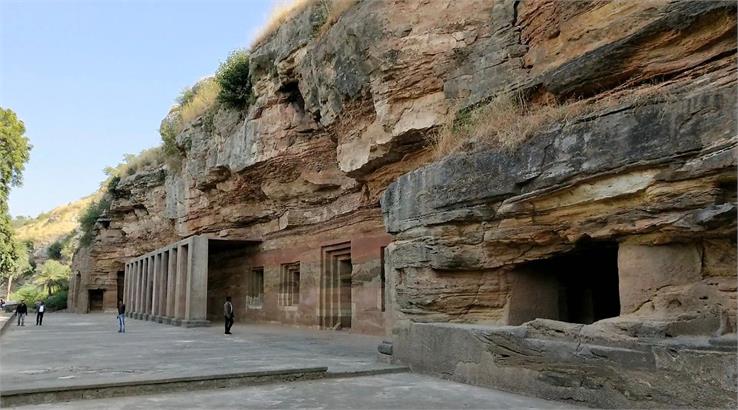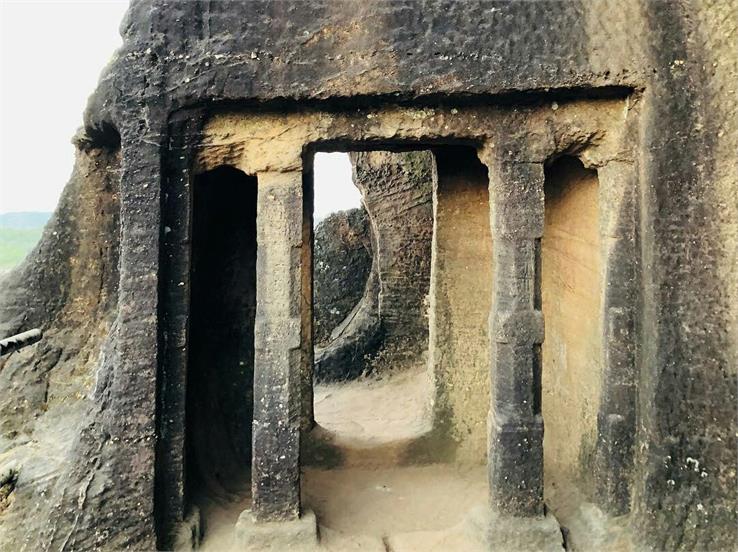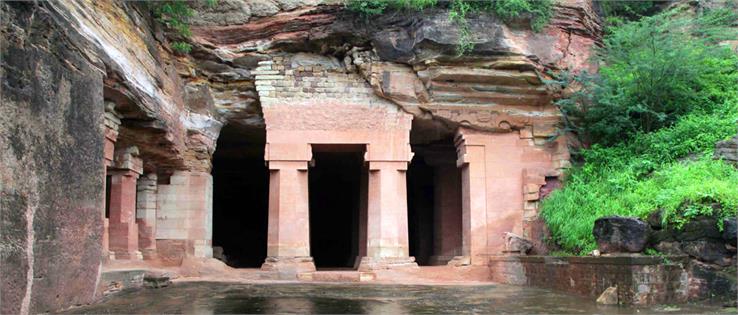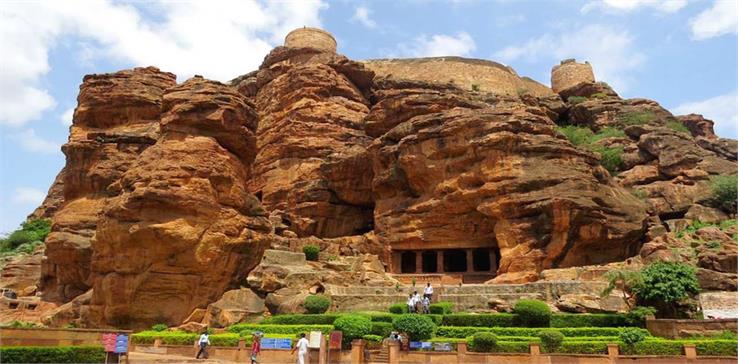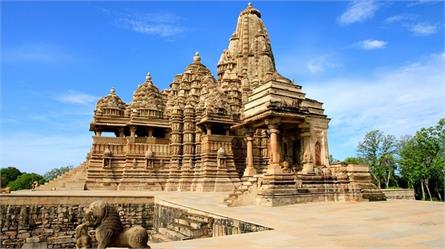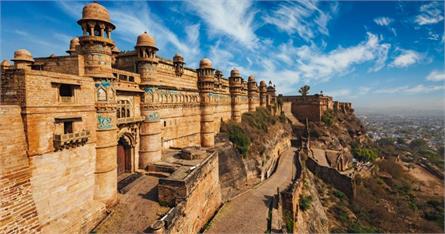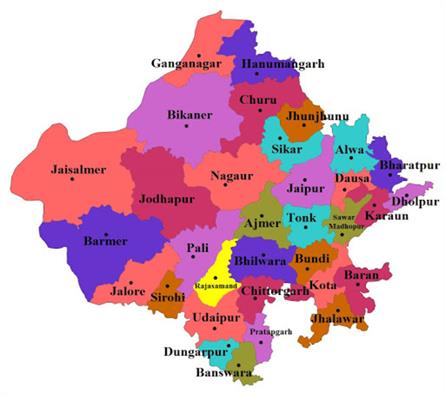Explore The Famous Ancient Caves Of Madhya Pradesh, India
India is the one land everyone desires to see and having seen it once, even by a glimpse, would not give that glimpse, for all the shows of the rest of the world combined.
Madhya Pradesh is the magnificent heart of India. It smears you with its colour of rich and exquisite culture and history. As an epitome of harmony and diversity, India stands amongst the must-visit destinations globally. Every city, town or village one visits finds a treasure of sights and sites to be looked at in awe and wonder. Madhya Pradesh's Caves are no alien to that fact. As we progress through this writing, let's take you on a glorious trip to the Caves of Madhya Pradesh.
List of famous caves in Madhya Pradesh-
1. Bhimbetka Caves
The Bhimbetka Rock harbours are located in the Vindhya Mountains' foothills, on the southern edge of the central Indian table—five groups of natural gemstone harbour with showpieces dating from the Mesolithic Period to the literal Period. Bhimbetka is an emulsion word made up of Bhima( the alternate Pandava family) and Baithaka, which means "Bhima's resting area" or "Bhima's chesterfield" ( seat or chesterfield). According to the original legend, Bhima slept then during exile to interact with the townies. It displays the foremost traces of mortal life in India and Stone Age material dating back to the Acheulean Period. It is 45 kilometres south of Bhopal in the Raisen District of the Indian state of Madhya Pradesh. It is a UNESCO World Heritage Site with seven hills and roughly 750 gemstone harbours spread over 10 kilometres.
Bhimbetka's gemstone harbours and grottoes include a huge number of artworks. The designs were frequently produced deep inside a niche or on inner walls. The colours employed are vegetable colours that have endured over time. Seven distinct ages can be linked in the delineations and oils. The caves give a rare regard to artistic development from early vagrant huntsman-gatherers to settled tillers to expressions of church. It has been observed that the present-day artistic traditions of agricultural people inhabiting the townlets girding Bhimbetka act as those represented in oils.
2. Bagh Caves
The Bagh caves, like those at Ajanta, were shovelled by master merchants on the vertical sandstone gemstone face of a hill on the far bank of a seasonal sluice, the Baghani. Buddhist in alleviation, of the nine caves, only five have survived. Dhar City is 97 km away from these monuments. Some of the most beautiful oils were on the walls of the veranda of Cave 4. To help further the loss of the values of Indian classical art, the utmost oils were precisely removed in 1982, and the moment can be seen in the Archaeological Museum of Gwalior. A small chamber, generally at the reverse, forms the' chaitya', the prayer hall. The most significant of these five extant grottoes is Cave 4, generally known as the Rang Mahal (Palace of Colors).
In the veritably late stages of Buddhism in India, the Bagh caves were excavated in the 5th- 6th-century announcement. Long after most of the Indian Buddhist grottoes had been erected, numerous have existed since the 2nd or 1st centuries BCE. They're believed to have been erected during the 5th- 7th century. The Archaeological Survey of India has restored the place over 17 times. The oils on the wall and ceilings of the Viharas of Bagh, the fractions of which are still visible in Cave 3 and Cave 4( remnants also seen in grottoes 2, 5 and 7), were executed in aquarelle. Cave 2 is the best-saved delve, also known as "Pandava Cave" These oils are worldly rather than spiritualistic. Characteristics of oils are like those of Ajanta caves. The ground prepared was a sanguine brown gritty, thick slush cataplasm laid out on the walls and ceilings. Despite the word delve being used, these aren't natural caves but exemplifications of Indian gemstone-cut armature.
3. Shri Panch Pandava caves
An important sightseer corner in Pachmarhi, Pandav grottoes advance their name to this graphic hill resort of Madhya Pradesh. According to original legends and popular beliefs, the five Pandava brothers of Mahabharata spent a part of their exile there. Five ancient grottoes sculpted out on a sandstone gemstone in a low hillock form these notorious grottoes of Pachmarhi. There are famous forts and temples in Madhya Pradesh, which are basically ancient spots. Presently, they stand as defended monuments of the hill station. Pachmarhi combines the words 'Panch' and 'Marhi', which translates to 'Five grottoes' or 'Five hooches' in Hindi. This reiterates the lore that the caves were home to the five Pandava sisters. The background's scenic beauty and mythological significance make these caves one of the most notorious sightseer lodestones of the state.
Amongst these five caves, the most well-voiced and spacious one is the 'Draupadi Kuti', named after Draupadi. The darkest caves are the' Bhim Kothari', named after the toughest of the five brothers- Bhima. All five grottoes are hewed roughly, which still does not mar their beauty or magnet. You can travel to Bhopal( 120 km) by air or Pipariya( 47 km) by train and take a road trip towards Pachmarhi to reach the point if you would like to visit the Pandav Falls while on a trip to Madhya Pradesh. One thing is for sure and you will not lament undertaking an important trip to visit the caves.


